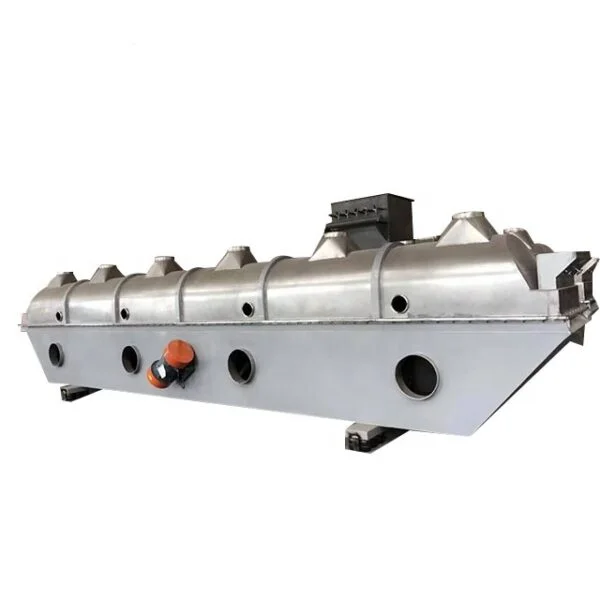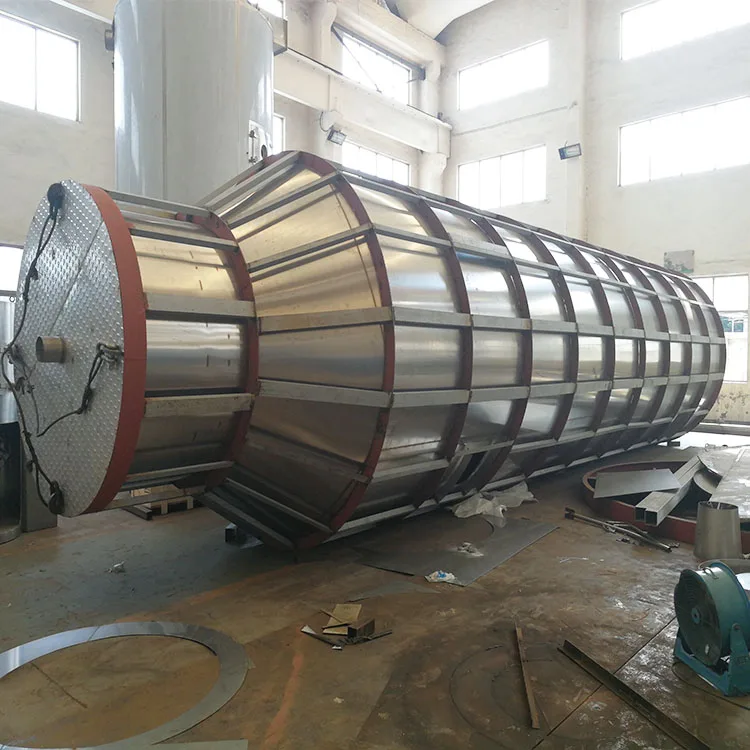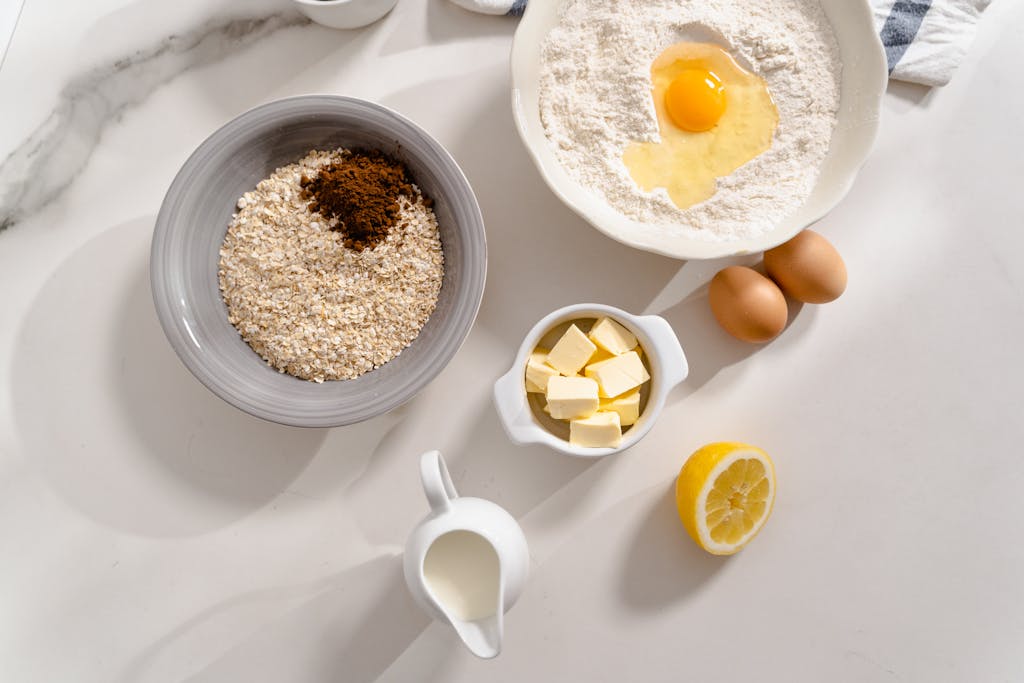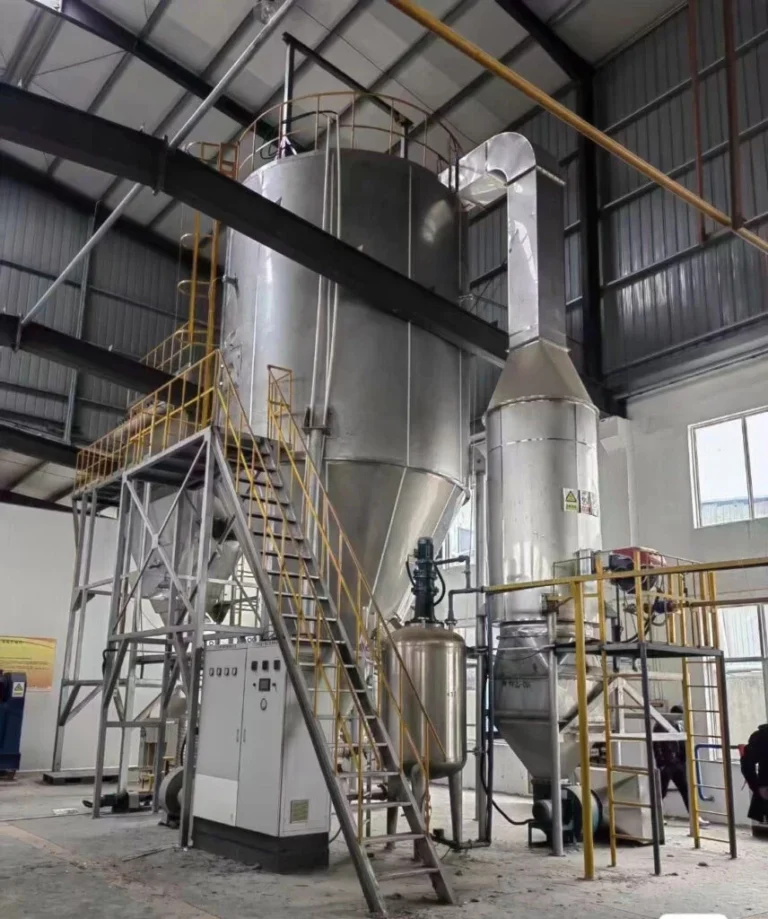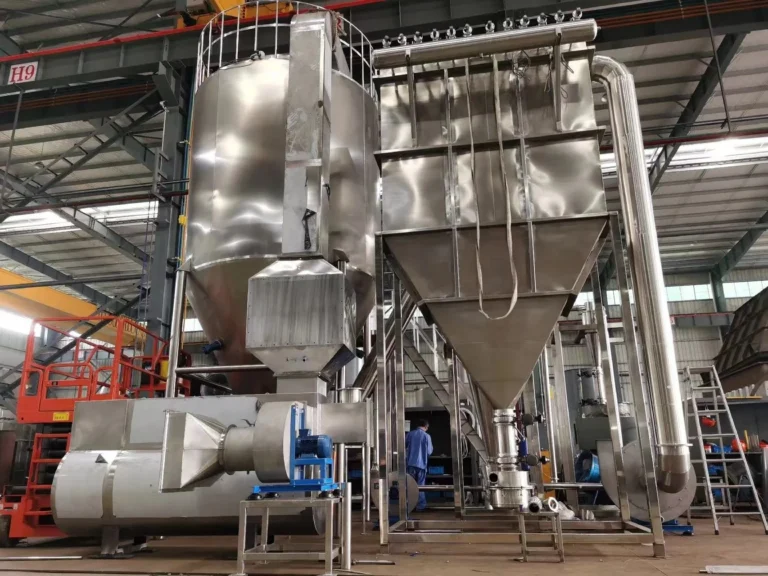在喷雾干燥器设计计算中评估实验和计算方法
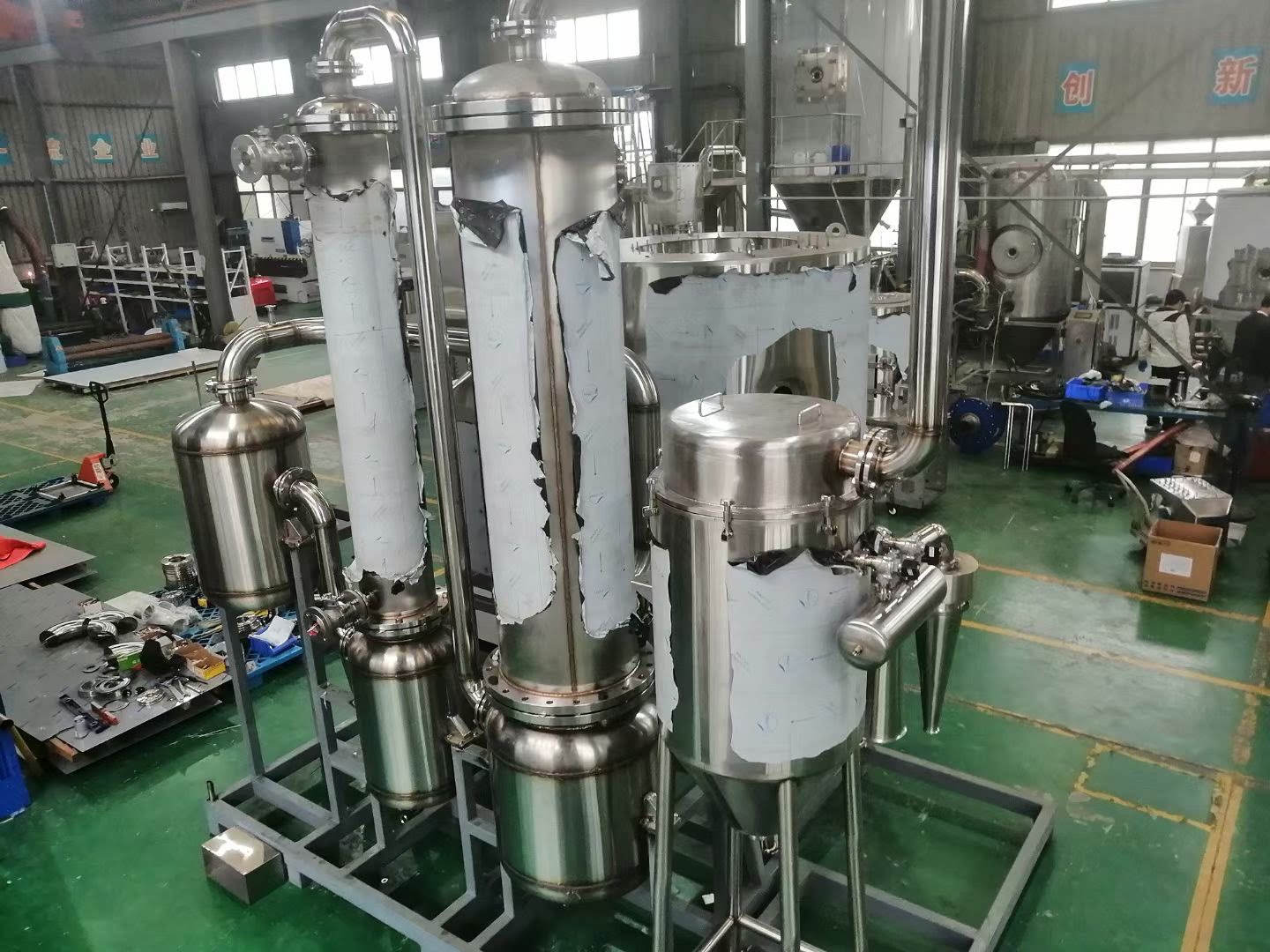
选择正确的方法进行喷雾干燥机设计计算很重要. 它影响流程的运作情况以及产品的质量. 科学家利用实验, 喜欢 实验统计设计, 了解流程变化如何影响产品.
基于模型的方法使用质量和能量平衡. 这些有助于减少所需的实验数量. 它们还使得更大规模地使用该方法变得更加容易.
仅使用统计方法可能不那么准确. 当一次生产更多产品时,这是一个更大的问题.
工艺参数 | 控制策略 / 范围 | 对产品质量的影响 / 效率 |
|---|---|---|
干燥气体出口温度 | 产品温度降低 5–20 °C 比出口 | 与产品特性的紧密联系 |
液滴尺寸控制 | 由原子化能量管理 | 干燥均匀, 产品形态一致 |
选择最佳方法使喷雾干燥机设计计算更可靠且可重复.
关键要点
实验方法给出真实数据. 该数据显示了喷雾干燥机的工作原理. 它还有助于使产品变得更好.
CFD 和热力学模型等计算模型可帮助工程师快速测试想法. 这些模型节省时间和资源.
使用实验数据和计算模型可以得到更好的结果 喷雾干燥机设计. 这些设计更准确, 可靠的, 并且易于扩展.
选择最佳方法取决于项目目标. 它还取决于您拥有什么以及产品需要什么. 这有助于使干燥工作顺利进行,而且成本不会太高.
将来, 人工智能, 数字双胞胎, 节能工具将有助于喷雾干燥. 这些趋势将使其变得更加智能, 更环保, 并且更加高效.
范围和标准
主要方法概述
喷雾干燥机设计计算 使用两种主要类型的方法. 这些是实验和计算方法. 实验方法使用真实测量来观察干燥过程中事物的变化. 科学家在实验室中使用小型喷雾干燥器进行这些测试. 他们使用 皮托风速计和压力开关等工具. 这些工具检查干燥气体移动的速度以及气体流量. 他们还测量雾化气体压力. 这些工具提供的信息可以帮助科学家更好地了解干燥过程.
计算方法使用热力学模型等, 差价合约, 拉格朗日粒子追踪, 和 能量或火用分析. 热力学模型使用质量和能量平衡来猜测会发生什么, 比如出口温度. CFD 显示干燥机内部温度和速度的详细图片. 拉格朗日方法遵循每个液滴. 能量和火用分析着眼于过程的效率以及产生了多少熵. 研究表明,将这些方法与机器学习结合使用可以取得更好的结果并减少额外的实验. 科学家经常通过将模型与真实测试数据进行比较来检查他们的模型是否正确.
笔记: 每种方法都有自己的优点. 实验方法给出直接证明, 而计算模型可以让您快速测试许多想法并帮助改进流程.
评估指标
专家使用不同的方法来比较喷雾干燥机设计计算方法:
准确性: 人们使用诸如均方根误差之类的东西 (均方根误差), 平均绝对误差 (MAE), 和决定系数 (R²) 查看模型猜测与实际结果的接近程度. 例如, 出口温度的 RMSE 可以介于 2.15 K 和 14.91 K. R² 值可高达 0.99.
实用性: 了解方法的易用性很重要. CFD 需要大量时间和计算机能力. 热力学模型速度更快,需要的数据更少.
可扩展性: 一个好的方法应该适用于小型实验室测试和大型工厂. 设计空间的理念有助于控制流程并使其变得更大.
验证: 好的方法必须符合现实生活. 科学家使用试点测试和工厂数据来检查他们的模型是否正确.
这些要点可以帮助工程师选择最适合他们需求的方法.
实验方法

停留时间分布
工程师使用停留时间分布, 或RTD, 查看颗粒和气体在喷雾干燥器中停留的时间. RTD 帮助他们了解设计变化如何影响干燥和产品质量. 研究人员经常使用染料脉冲注射来跟踪颗粒的移动. 他们将数据与 CSTR-TIS 等模型进行匹配,以便更好地理解.
喷雾干燥机设计 | 颗粒与气体平均停留时间比 (不锈钢/不锈钢) | RTD 的传播 (n) | 主要观察结果 |
|---|---|---|---|
设计 1 & 2 | 13–18 | 更高的颗粒停留时间; 更多壁沉积 | |
设计 3 & 4 | 1.5–2.5 (3), 1.0–1.7 (4) | 5–8 | 较低的比率; 提高性能; 减少壁沉积 |
带有锥形室的新设计效果更好. 它们降低了墙的堆积并使 RTD 传播得更广. 这有助于再循环和干燥. RTD 测试还表明 CFD 模型是正确的.
物理测量
物理测量在喷雾干燥机设计的实验方法中非常重要. 科学家测量诸如温度之类的东西, 湿度, 以及来自烘干机的剩余水分. 他们使用热电偶等工具, 湿度传感器, 和压力开关. 这些数字帮助他们制作模型来显示烘干机中发生的情况. 例如, A 四级喷雾干燥机的动力学模型 使用良好的测试数据来找到重要的数字. 模型对温度和湿度的猜测与真实测试结果接近. 有关湿度和玻璃化转变温度的实验室数据使模型变得更好.
提示: 良好的物理测量可帮助工程师更改设置并使产品更加一致.
工业数据验证
检查工业数据可确保实验方法在现实生活中发挥作用. 测试用 中试喷雾干燥机和气相二氧化硅 显示测量的颗粒尺寸与模型猜测相匹配. 实验室流化床测试有助于设定干燥值, 就像传热和传质一样, 拟合温度和湿度数据. 这些数字有助于为大型干燥机进行良好的模拟和设计. 研究还检查了 使用真实食品烘干机的数据进行模型猜测. 模型猜测进料流量, 出口温度, 粒径, 而且干燥速度非常好. 这种强烈的匹配表明实验方法有助于 喷雾干燥机设计 计算可靠并有助于改进许多产品的流程.
计算方法

热力学模型
热力学模型帮助工程师猜测热量和质量如何在 喷雾干燥机. 这些模型使用气温等数字, 湿度, 以及空气流动的速度有多快. 工程师经常使用众所周知的传热和压降规则, 就像来自凯斯和伦敦的那些. 他们还使用有关污垢的测试数据, 这意味着奶粉会粘附在热交换器上. 这种粘附会改变热量的移动方式以及烘干机所需的能量.
工程师使用这些模型来了解设计变更如何影响烘干机的工作原理.
他们可以猜测烘干机将使用多少能源以及将生产多少产品.
热力学模型还有助于确定新设计是否可以省钱.
牛奶喷雾干燥机的真实示例表明这些模型可以猜测真实结果. 模型使用实数, 喜欢 排气温度和湿度, 与工厂里发生的事情相符. 这使得热力学模型成为喷雾干燥机设计计算的值得信赖的工具.
CFD 和拉格朗日方法
计算流体动力学, 或差价合约, 和拉格朗日方法详细显示了喷雾干燥器内部发生的情况. CFD 模型使用数学来显示空气和颗粒如何移动. 拉格朗日跟踪跟踪每个干燥的液滴.
工程师使用 欧拉-拉格朗日框架 模拟两相流.
他们求解空气的纳维-斯托克斯方程并跟踪液滴的传热和传质.
模型可以显示颗粒在室内停留的时间, 这对于热敏产品很重要.
CFD 预测气体流量, 干燥率, 以及颗粒落在干燥机内的位置.
CFD模型与测试数据吻合良好. 例如, 模型猜测如何改变墙壁条件, 例如隔热或冷却, 改变干燥和粉末回收. 传热传质之间的双向耦合使模型更好. CFD 还让工程师可以尝试新设计,而无需建造昂贵的测试干燥机.
能源和火用分析
能源和 火用分析 帮助工程师找到喷雾干燥机浪费能源的地方. 能源分析显示烘干机使用了多少电力. 火用分析进一步显示能源浪费的地方以及如何解决它.
工程师使用这些方法来比较不同的干燥机设计.
火用分析指出烘干机的哪些部分浪费的能源最多.
更好的隔热或使用太阳能加热器等改进可以降低能源消耗.
范围 | 价值 | 描述 |
|---|---|---|
0.768 千瓦 | 电源供电 | |
太阳能空气能热水器耗电量 | 0.327 千瓦 | 太阳能供电 |
通过聚苯乙烯片材减少热损失 | 4.9→2.27 瓦·米⁻²·K⁻1 | 绝缘改善 |
减少电能输入比例 | 2.68→1.69 | 30% 太阳能贡献 |
冷凝器的最大火用改进 | 0.233 千瓦 | 最高火用破坏 |
干燥室火用的改进 | 0.294 千瓦 | 效率明显低下 |
电加热器火用的改进 | 0.152 千瓦 | 提高效率的空间 |
Exergy improvement in solar air heater | 0.097 千瓦 | Potential gains in solar preheating |
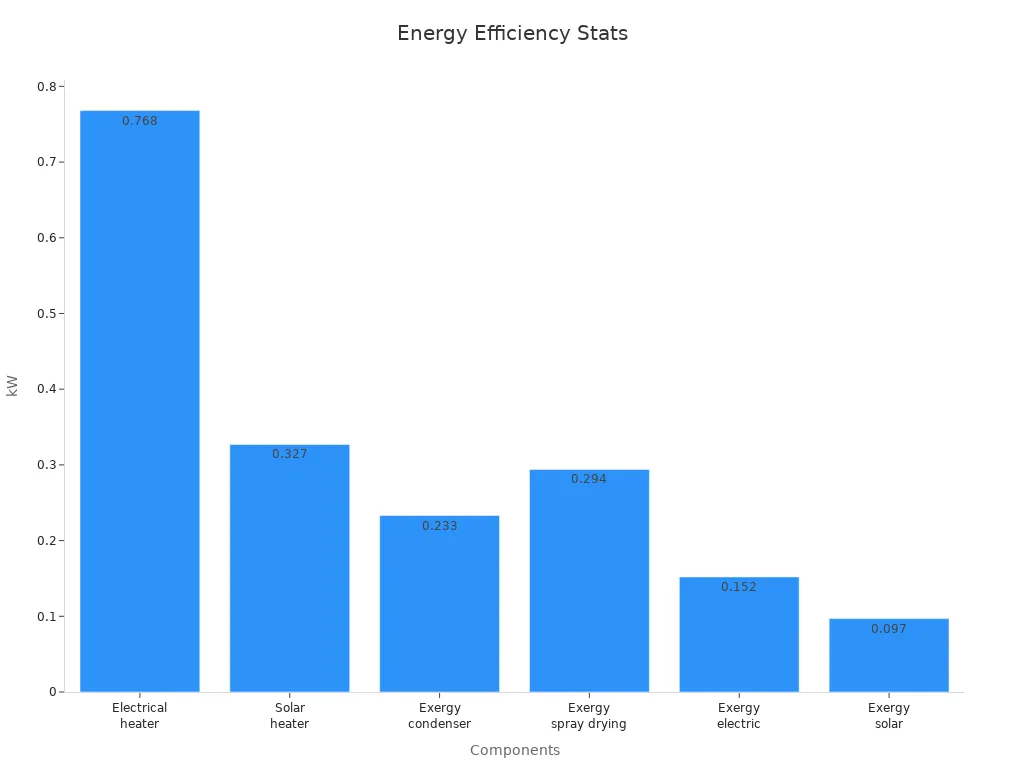
Exergy analysis gives clear ideas for making spray dryers work better. This method helps engineers make good design choices and save energy in real factories.
Comparing Spray Dryer Design Calculations
Accuracy and Reliability
Engineers need accuracy and reliability when picking methods for spray dryer design calculations. Experimental methods give direct measurements. These help check if models are correct and make results trustworthy. Computational models, like CFD and thermodynamic models, guess important things such as outlet temperature, 液滴尺寸, and product yield. These models often match real test data well. 例如, in making medicine, a data-driven model predicted particle size with high accuracy. Almost all errors were less than 2.5 千分尺, which is under 10% of the allowed range. This means the model can take the place of lab tests and help with real-time checks. Engineers can trust these models to include important things like spray nozzle type, feed viscosity, and density. This makes them good for both small and big projects.
笔记: Good models mean fewer experiments and faster design work.
Resource Needs
Resource needs are important when choosing a method for spray dryer design calculations. Experimental methods need equipment, materials, and time to set up and collect data. 例如, a study used a Büchi Mini Spray-dryer with a feed rate of 2 mL/min and an aspiration rate of 35 立方米/小时. Yield was found by weighing the dry powder and comparing it to the dry material put in. These details help engineers plan for bigger production.
The table below shows common resource needs for spray drying:
Resource Category | 数据 / Values |
|---|---|
生产能力 | Pilot-scale: 1-5 kg/hr water evaporation |
Small production: 5-50 kg/hr water evaporation | |
Medium production: 50-250 kg/hr water evaporation | |
Large industrial: 250-4,000+ kg/hr water evaporation | |
能源消耗 | Usually 1.2-1.7 kWh for each kg of water evaporated |
Feed Properties | Viscosity up to 300 cP |
Solids content 1-50% | |
Operational Timeline | Engineering and design: 2-3 months |
Equipment fabrication: 3-8 months | |
安装: 1-2 months | |
Commissioning and validation: 1-3 months | |
Production ramp-up: 1-2 months | |
Maintenance Requirements | Yearly maintenance cost: 3-5% of starting cost |
Atomizers: 500-1000 hours, air filters: monthly | |
Gaskets and seals: every three months, control checks: twice a year |
Computational methods, like CFD, need strong computers and special software. But they use less physical stuff and can make the design process faster. Engineers must think about these needs and match them to their goals and budget.
可扩展性
Scalability shows if a method works for both small labs and big factories. Engineers test this by checking model guesses and real results at different sizes.
Spray drying was done from 5 克至 400 grams using three machines: Buchi B-290, Procept 4M8Trix, and FluidAir. This showed the process worked well for different batch sizes.
Tests showed acetone left in the product was under 1%, proving good drying at all sizes.
Product yield went up from 21% to over 60% after changing inlet temperature and machine settings.
Mechanistic and CFD models guessed droplet size, 干燥速度, 出口温度, and yield. These guesses matched real data well (R² > 0.80).
Cyclone separation worked for particles bigger than 18 千分尺, with high collection using good cyclones.
CFD models helped show how gas and droplets moved in bigger dryers. This helped engineers fix problems like particle breakage and clumping.
Changing drying gas flow, inlet temperature, and feed flow based on model guesses lowered wall build-up and made scaling up easier.
In big medicine factories, models predicted particle size (dv50) very well. Almost all errors were less than 2.5 千分尺, which is under 10% of the allowed range. This proves advanced models can help with big production and real-time quality checks. Engineers can use these methods to design and improve spray dryers for many uses.
Recommendations
Method Selection
Picking the right method for spray dryer design depends on what you want to make, what you have, and what your product needs. Engineers can use a step-by-step plan to choose well.
Start with small spray-drying tests. This helps pick polymers and drug amounts while using less material.
Do not use old ways like solvent casting. These do not copy real spray-drying and can give wrong results.
Use lab spray-drying in every step of making the product. This makes guesses better and cuts out extra steps.
Try a three-step plan. This can use 13 times less material and take 12 times less time than old ways.
Check if small batches are like big ones. Things like mixing and glass transition temperature stay the same, so you can change things early.
Use common lab tools like mDSC, XRPD, and PLM. Most labs have these, and they work for many projects.
Pick a method that fits your limits. Think about how much material you have, how much time you need, and what you want your product to be like.
提示: Engineers should also look at energy use, how much they can make, and how long machines last. 例如, picking a spray dryer that is 30% bigger can help if you want to make more later. Material things like feed viscosity and how it handles heat help you choose the right atomizer and chamber. Money matters too, like how much the machine costs and how long it takes to pay off.
Combining Approaches
Using both experimental and computational methods together often works best for spray dryer design. Engineers use both to check models, make better designs, and guess product features.
CFD simulations and test data together can show where particles stick or clump. This helps find the best nozzle and makes the product more even.
Test results, like droplet size and drying, help make sure math models are right. These models then guess how changes affect particle size, 密度, and moisture.
Using simple and detailed models lets engineers study hard things like wall build-up. Test data on outlet temperature and moisture help check these models.
Putting computer guesses and real results together helps make better designs, scale up, and run spray dryers.
笔记: Using both ways helps engineers make better choices, control the process, and avoid mistakes when making more product.
Future Trends
Spray dryer design keeps changing as new tech and ideas come out. Some trends are shaping what comes next.
AI and machine learning help control the process and fix problems before they happen. These tools can cut surprise stops by up to 45%.
Digital twins make development 30-40% faster. They help with design and running tests.
Heat recovery systems can save 25-35% 能量的, making spray drying use less power.
Closed water loops can cut water use by up to 90%, which is good for the planet.
Smaller and modular machines save 40-60% of space and make it easy to add more later.
New materials, like special alloys, help machines last 40-50% longer.
Hybrid tech, like ultrasonic spray drying, uses 15-20% less energy and makes better products.
Special ideas, like aseptic and nano-spray drying, help with medicine and food.
Money facts show most new systems pay for themselves in 2-4 years because they cost less and make better products.
The future will have smart, closed-loop, and blockchain systems. These will make spray drying greener and smarter.
Engineers should keep learning about these trends to stay ahead and make sure their spray dryer design is up to date.
Engineers see that using experimental and computational methods helps spray dryer design. Experimental data proves if the results are correct. Computational models let engineers try new ideas quickly. Teams should pick a method that fits their project and what they have. Using both ways together often gives better results. 将来, research may look at smarter controls and saving more energy.
常问问题
What is the main difference between experimental and computational methods?
Experimental methods use real measurements from lab or pilot 喷雾干燥机. Computational methods use math models and computer programs to guess results. Both ways help engineers make better spray dryers, but each has its own strengths.
Why do engineers combine experimental and computational approaches?
Engineers use both to get more accurate answers. Experimental data checks if models are correct. Computer tools let them try many ideas fast. Using both helps make better designs and fewer errors.
How does CFD help in spray dryer design?
差价合约, or Computational Fluid Dynamics, shows how air and droplets move inside the dryer. Engineers use CFD to spot problems, test new ideas, and make products better without building lots of test dryers.
What factors affect the choice of design method?
Engineers think about project goals, what they have, what the product needs, and how much time they have. They also look at energy use, equipment size, and cost. The best method depends on these things.
Can spray dryer models predict product quality?
是的. Many models can guess important things like particle size, 水分, and yield. Engineers use these guesses to control quality and make the drying process better.

